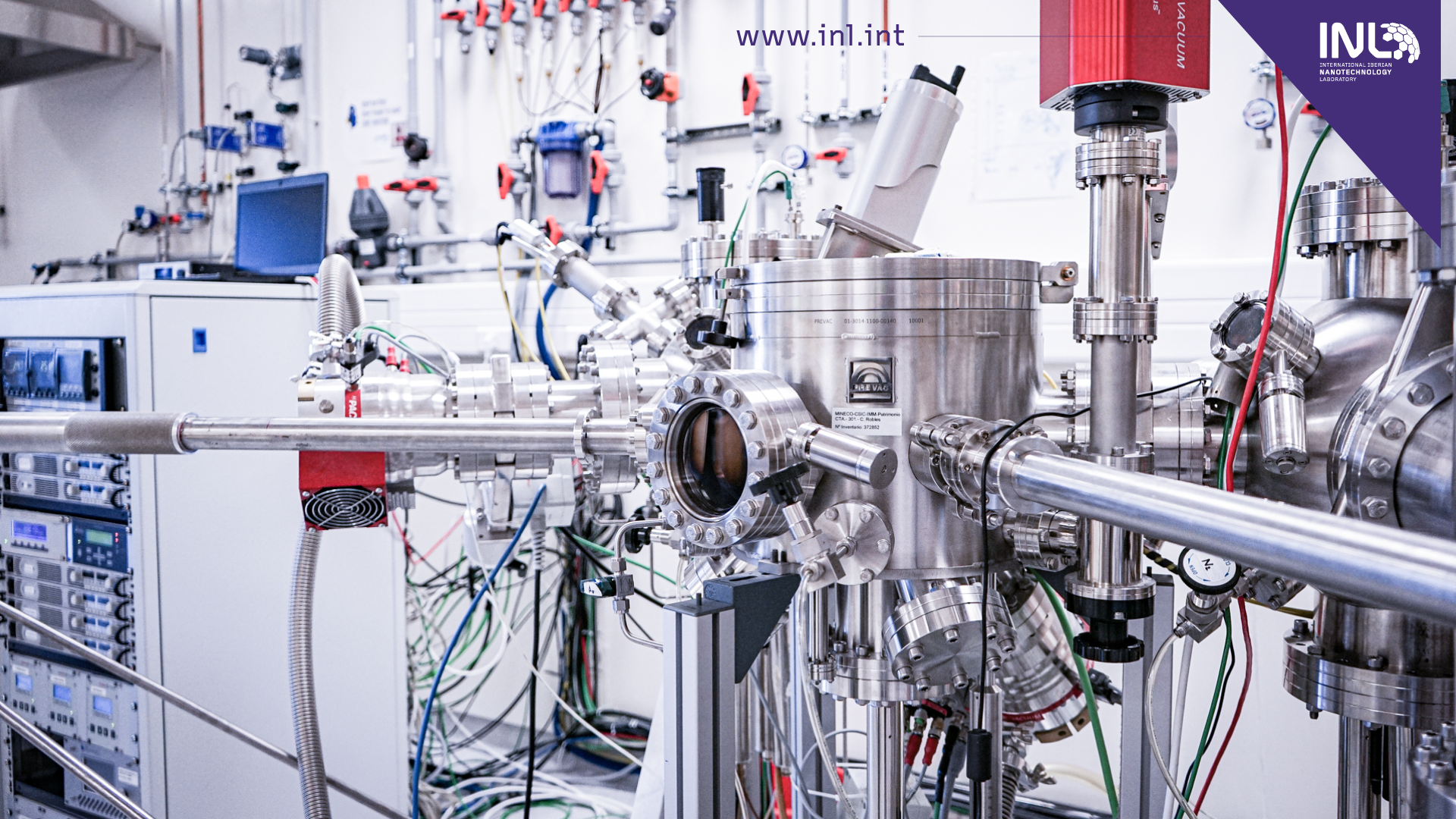
INL researchers pivotal to explain the formation mechanism of defects currently limiting solar energy production efficiency
July 22, 2020
Thin-film photovoltaic panels such as copper-indium-gallium-diselenide convert sunlight into electricity at a fraction of the material and energy needed by conventional silicon. However, to overtake the photovoltaic market, researchers worldwide are trying to squeeze out the maximum possible power conversion efficiency that the material allows.
One understudied research topic pertains to the investigation of compositional effects on copper-indium-diselenide in the vicinity of its edge of existence. This complex study, which was now published in the prominent journal Nature Communications, involved a team of 19 researchers from 8 different institutions. All institutions have chipped in with highly specialized expertise, and the 6 researchers from INL did their part to help to identify one crucial source of inefficiency in the material when it is grown near its edge of existence.
Ultimately, the effort will lead to the formulation of new methods for the fabrication of more efficient thin-film photovoltaic panels.
Science as the result of a joint effort
Diego Colombara, who was an MSCA Cofund fellow at INL within the Laboratory for Nanostructured Solar Cells (LaNaSC) for 2 years, led this study and research work, which he started already in his previous position at the University of Luxembourg. It was finally successfully finished after taking up his new appointment at the University of Genova, in Italy.
According to Sascha Sadewasser, INL LaNaSC Research Group Leader “this work shows that science and understanding materials are sometimes very complex and requires a large team of researchers with very specialized expertise. By bringing together a team of experts with specialized expertise, we could push the frontiers of knowledge about these interesting photovoltaic materials. We are happy that INL could contribute to this effort with its expertise in nanotechnology and nanochatracterization”.
Diego Colombara, who coordinated this study, adds: “I am indebted to Hossam Elanzeery and Susanne Siebentritt with whom this journey started in Luxembourg and to Sascha in INL for engaging his group in it. It has been amazing to see our hypotheses tested and validated measurement after measurement across institutions. I have truly appreciated the brainstorming environment in Sascha’s group and all the team’s support. Especially, I must thank Nicoleta Nicoara for her unwavering commitment to excellence and the intense discussions that followed.”
Sascha Sadewasser is also the coordinator of the Clean Energy Cluster at INL, which is conducting research related to solar cells and photovoltaics, Hydrogen Technology, and Batteries, to support the European Unions ambition for a climate-neutral continent in 2050.
“The INL Clean Energy Cluster works to develop solutions for low-carbon renewable and recyclable energy technologies that incorporate nanomaterials and micro/nanofabrication, to enhance their performance, cost-effectiveness, sustainability, stability, and breadth of applications. The solutions we provide range from proof-of-concept up to prototype devices for energy conversion such as photovoltaics and hydrogen technologies, as well as energy storage, with rechargeable batteries and supercapacitors”.
You may read the full original article here.


